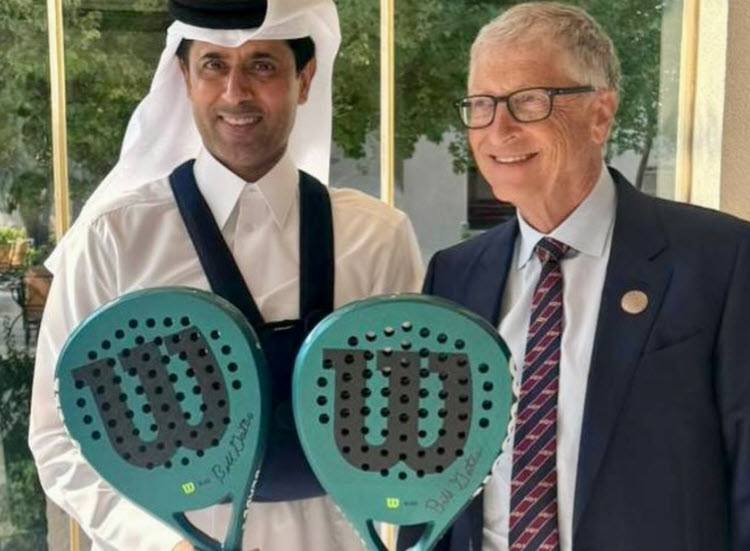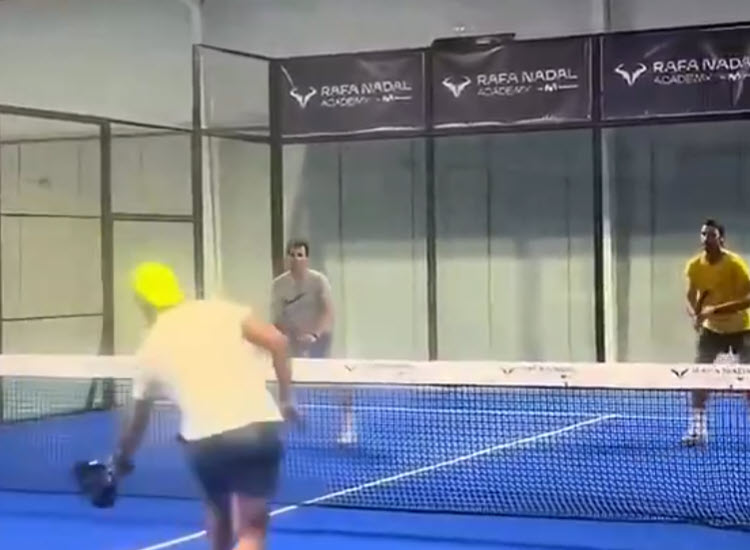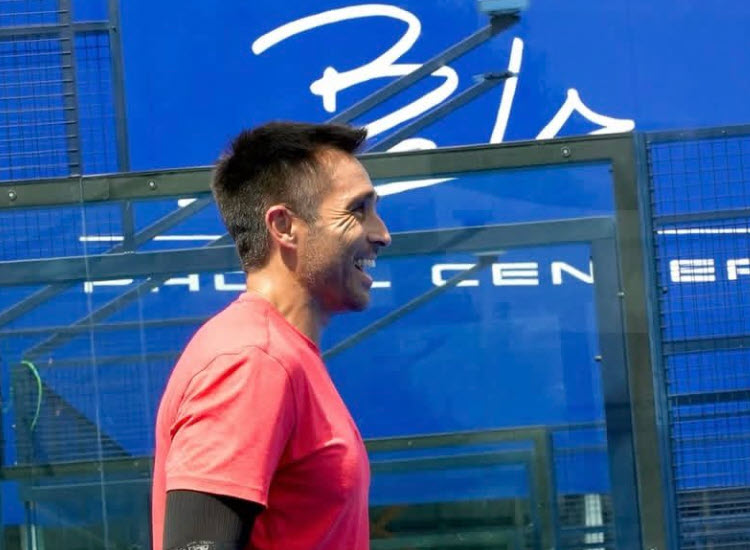
A sport that is gaining popularity in the center of Rome is attracting both players and spectators to its exciting and captivating contests. Luigi Carraro, the president of the International Padel Federation, is at the epicenter of the explosive growth in popularity of padel, a racket sport that combines aspects of squash and tennis.
Beyond the boundaries of conventional sports, Carraro’s concept for padel is to create a vibrant, inclusive atmosphere that is appealing to players of all ages and abilities. Thanks to his efforts, Rome is now a hive of padel enthusiasts, with the city organizing important tournaments that draw players from all over the world and highlight the sport’s distinctive combination of athleticism and strategy.
Padel’s popularity in Rome has grown as a result of Carraro’s commitment to the sport. The International Padel Federation has witnessed a notable rise in affiliated federations under his direction, indicating a wider acceptance and recognition of padel throughout the world. The growth of the federations is not limited to quantity; it also reflects an improvement in the caliber of the sport’s infrastructure and administration.
A major turning point in the history of padel in Rome was the BNL Italy Major Premier Padel event, which had a women’s draw in addition to record prize money. One of Carraro’s goals was to bring about gender equality in the sport, and it was successful as female competitors showed their excitement and added to the lively atmosphere of the competition.
With spectators crammed into the seats and athletes putting on exhilarating performances, the event at Foro Italico was a display of accuracy and passion. This event’s success demonstrated padel’s potential to establish itself as a mainstay in the professional sports industry, as its accessibility and entertainment value appeal to a wide range of viewers.
Carraro’s evaluation of the competition’s performance is indicative of his general stance on the future of padel. He sees a professional, free-flowing sport where athletes can follow their passions under the guidance of a strong, just system. In order to better focus on his main responsibility of ensuring that padel continues to thrive under his direction, he resigned from his position as president of the players’ association.
Rome is experiencing a boom in padel popularity, but the city is only one part of the sport’s global story. Padel is going to take big steps under Carraro’s direction, winning people over with its appealing style and maybe even making an Olympic appearance. Padel’s history in Rome is not merely one of a sport; rather, it is the tale of a society coming together around a common love of the game and its potential.












